
5 Piece Jig Saw Blade Set
$6,340.00 Original price was: $6,340.00.$5,840.00Current price is: $5,840.00.
Road Roller
WhatsApp Order
A road roller is a heavy construction vehicle equipped with a large, cylindrical metal drum or drums on its front and sometimes also on its rear. Its primary function is to compact and flatten surfaces, such as soil, asphalt, or concrete, during road construction or maintenance projects. The weight of the roller and the pressure exerted by its drums help to eliminate air voids and ensure a smooth, stable, and durable surface suitable for vehicular traffic.
SKU:
AHS21672
Category: Construction Machinery
Description
Road Roller Uses
- Road Construction: Road rollers are used extensively during road construction projects to compact soil, gravel, and asphalt layers. This ensures the stability and durability of the road surface.
- Pavement Maintenance: Road rollers are employed for pavement maintenance tasks such as repairing potholes, smoothing uneven surfaces, and sealing cracks. They help in preserving the integrity of existing roads and extending their lifespan.
- Asphalt Compaction: Asphalt rollers, a type of road roller specifically designed for asphalt compaction, are used to compress hot asphalt mixtures during road paving operations. This compaction ensures proper bonding and consolidation of the asphalt layers, resulting in a smooth and durable roadway.
- Land Development: Road rollers are utilized in land development projects to prepare the ground for construction by compacting soil and creating a stable foundation for buildings, parking lots, and other structures.
- Airport Construction: Road rollers play a crucial role in the construction of airport runways, taxiways, and aprons. They are used to compact soil and asphalt surfaces to meet the stringent requirements for aircraft operations.
- Industrial Sites: Road rollers are employed in industrial settings for compacting surfaces such as factory floors, storage yards, and container terminals. This helps in creating flat and stable surfaces conducive to material handling and equipment operation.
- Landscaping and Sports Field Construction: Road rollers are used in landscaping projects to flatten and compact surfaces for the construction of sports fields, recreational areas, and green spaces. They aid in creating level playing surfaces and promoting turf establishment.
Reviews (0)
Be the first to review “Road Roller” Cancel reply
Related products
Compactor
A compactor is a mechanical device or machine designed to compress and reduce the volume of various materials such as waste, trash, soil, or recyclables by applying pressure. Its primary function is to condense bulky materials into a more manageable size, making them easier to handle, transport, or dispose of efficiently. Compactors are commonly used in waste management, construction, landscaping, and manufacturing industries to optimize space utilization and streamline processes.
Concrete Mixer
A concrete mixer is a mechanical device used in construction to combine cement, aggregate (such as sand or gravel), and water into a homogenous mixture. This mixture is then used for various construction applications, such as pouring foundations, sidewalks, or driveways. Concrete mixers come in various sizes and designs, ranging from portable units for small-scale projects to large, stationary machines for industrial use.
Pavement Cutting Machine
A pavement cutting machine is a mechanical device used in construction and road maintenance to make precise cuts in asphalt, concrete, or other types of pavement surfaces. These machines typically feature a rotating circular blade or diamond-tipped blades that can cut through pavement with accuracy and efficiency. They are commonly employed for tasks such as repairing damaged pavement, installing utility lines, or creating expansion joints. Pavement cutting machines come in various sizes and configurations, ranging from handheld units for smaller projects to large, self-propelled machines for larger-scale operations.
Pavement Trowelling
A pavement trowelling is a construction tool used in the finishing stages of laying pavement or concrete surfaces. It typically consists of a flat, rectangular metal blade attached to a handle. The trawler is used to smooth and level the surface of freshly poured concrete or pavement by pushing and pulling the tool across the surface. This helps to remove imperfections, create a uniform texture, and achieve the desired level of flatness for the final product.
Reinforcing Bar Bending Machine
A reinforcing bar bending machine is a specialized tool used in construction and civil engineering to bend steel reinforcement bars (rebar) accurately and efficiently according to specific project requirements. These machines typically consist of a sturdy frame, bending mechanism, and controls. They are designed to handle various sizes and shapes of rebar’s and can bend them to precise angles and configurations needed for reinforcing concrete structures such as beams, columns, and foundations. The primary purpose of these machines is to streamline the bending process, increase productivity, and ensure the structural integrity of reinforced concrete elements in construction projects
Reinforcing Bar Cutting Machine
A reinforcing bar cutting machine, also known as a rebar cutter, is a mechanical device designed to precisely cut steel reinforcement bars (rebar) used in construction projects. These machines typically operate by utilizing blades or other cutting mechanisms to shear through the steel bars with accuracy and efficiency. They are essential tools in construction sites where rebar cutting is a routine task, enabling workers to achieve precise cuts according to project specifications, enhancing safety, and improving overall productivity.


 Acrylic Sealants
Acrylic Sealants Adhesive Application Tools
Adhesive Application Tools Construction Adhesives
Construction Adhesives Double-Sided Tape
Double-Sided Tape Masking Tape
Masking Tape Epoxy & Resins
Epoxy & Resins Duct Tape
Duct Tape Electrical Tape
Electrical Tape
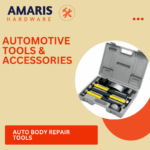 Auto Body Repair Tools
Auto Body Repair Tools Automotive Wrenches & Socket Sets
Automotive Wrenches & Socket Sets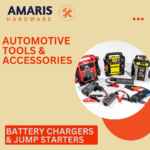 Battery Chargers & Jump Starters
Battery Chargers & Jump Starters Car Jacks & Stands
Car Jacks & Stands Car Wash & Detailing Products
Car Wash & Detailing Products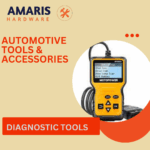 Diagnostic Tools
Diagnostic Tools Tire Inflators & Wheel Tools
Tire Inflators & Wheel Tools Oil & Lubricants
Oil & Lubricants Vehicle Lighting
Vehicle Lighting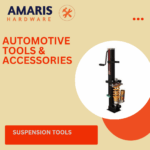 Suspension Tools
Suspension Tools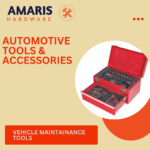 Vehicle Maintenance Tools
Vehicle Maintenance Tools
 Adhesives & Sealants
Adhesives & Sealants Bricks & Blocks
Bricks & Blocks Cement & Concrete
Cement & Concrete Drywall & Plaster
Drywall & Plaster Insulation Materials
Insulation Materials Roofing Materials
Roofing Materials Paints, Primers & Coatings
Paints, Primers & Coatings Marking & Layout Tools
Marking & Layout Tools Quarry Machinery
Quarry Machinery
 Electric Motors
Electric Motors Electrical Boxes & Panels
Electrical Boxes & Panels Electrical Cables & Wires
Electrical Cables & Wires Extension Cords & Power Strips
Extension Cords & Power Strips Fuses & Relays
Fuses & Relays Lighting Fixtures & Bulbs
Lighting Fixtures & Bulbs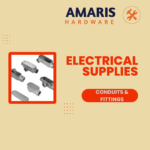 Conduit & Fittings
Conduit & Fittings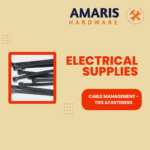 Cable Management
Cable Management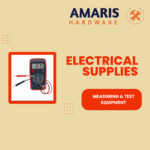 Measuring & Test Equipment
Measuring & Test Equipment Circuit Breakers
Circuit Breakers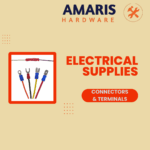 Connectors & Terminals
Connectors & Terminals Switches & Sockets
Switches & Sockets
 Screws
Screws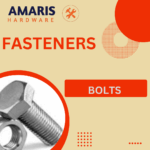 Bolts
Bolts Nuts
Nuts Washers
Washers Rivets & Riveter
Rivets & Riveter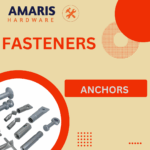 Anchors
Anchors Nails
Nails Threaded Rods
Threaded Rods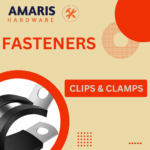 Clips & Clamps
Clips & Clamps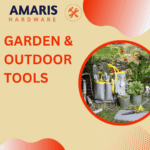
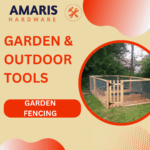 Garden Fencing
Garden Fencing Garden Furniture Hardware
Garden Furniture Hardware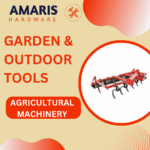 Agricultural Machinery
Agricultural Machinery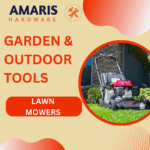 Lawn Mowers
Lawn Mowers Trimmers & Edgers
Trimmers & Edgers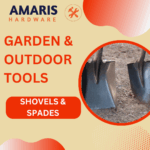 Shovels & Spades
Shovels & Spades Rakes & Hoes
Rakes & Hoes Pruning Shears & Loppers
Pruning Shears & Loppers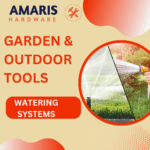 Watering Systems
Watering Systems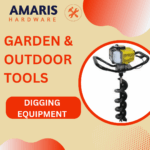 Digging Equipment
Digging Equipment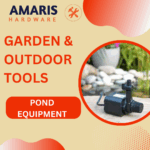 Pond Equipment
Pond Equipment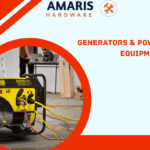
 Generator Accessories
Generator Accessories Inverters
Inverters Diesel & Gasoline Generators
Diesel & Gasoline Generators Power Inverters
Power Inverters Transfer Switches
Transfer Switches Portable Generators
Portable Generators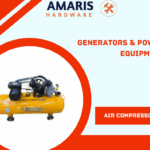 Air Compressor
Air Compressor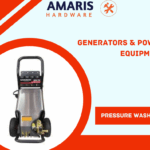 Pressure Washers
Pressure Washers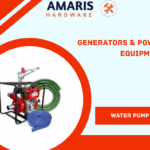 Water Pumps
Water Pumps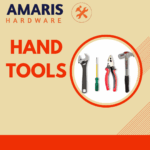
 Fastening Tools
Fastening Tools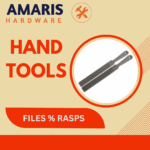 Files & Rasps
Files & Rasps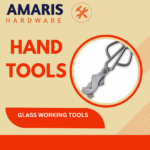 Glass working Tools
Glass working Tools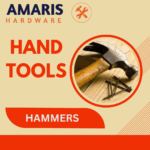 Hammers
Hammers Hand Tool Accessories
Hand Tool Accessories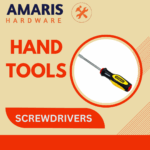 Screwdrivers
Screwdrivers Wrenches & Spanners
Wrenches & Spanners Pliers & Cutters
Pliers & Cutters Saws & Blades
Saws & Blades Measuring Tools
Measuring Tools Chisels & Punches
Chisels & Punches Allen Keys & Hex Keys
Allen Keys & Hex Keys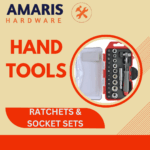 Ratchets & Socket Sets
Ratchets & Socket Sets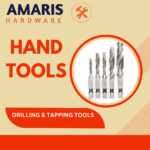 Drilling & Tapping Tools
Drilling & Tapping Tools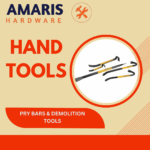 Pry Bars & Demolition Tools
Pry Bars & Demolition Tools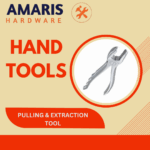 Pulling & Extraction Tools
Pulling & Extraction Tools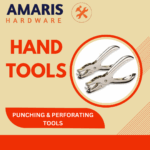 Punching & Perforating Tools
Punching & Perforating Tools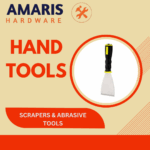 Scrapers & Abrasive Tools
Scrapers & Abrasive Tools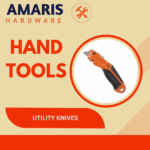 Utility Knives
Utility Knives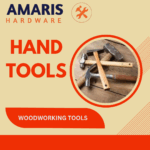 Woodworking Tools
Woodworking Tools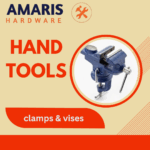 Clamps & Vises
Clamps & Vises
 Hinges & Latches
Hinges & Latches Hooks & Brackets
Hooks & Brackets Door Handles & Locks
Door Handles & Locks Drawer Slides & Cabinet Hardware
Drawer Slides & Cabinet Hardware Window Hardware
Window Hardware Chains & Cables
Chains & Cables Casters & Wheels
Casters & Wheels Shelving & Storage Systems
Shelving & Storage Systems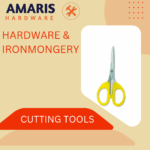 Cutting Tools
Cutting Tools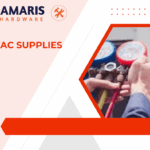
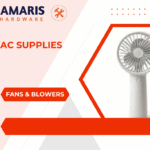 Fans & Blowers
Fans & Blowers HVAC Filters
HVAC Filters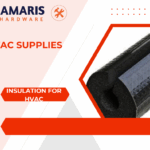 Insulation for HVAC
Insulation for HVAC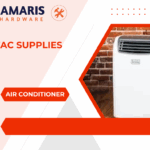 Air Conditioners
Air Conditioners Ventilation Ducts & Fittings
Ventilation Ducts & Fittings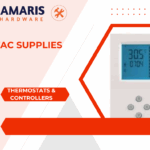 Thermostats & Controllers
Thermostats & Controllers Refrigerants
Refrigerants
 Food Processing Machinery
Food Processing Machinery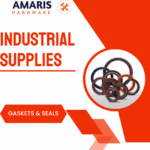 Gaskets & Seals
Gaskets & Seals Harvesting Equipment
Harvesting Equipment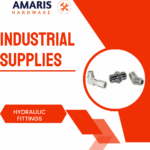 Hydraulic Fittings
Hydraulic Fittings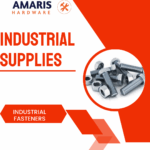 Industrial Fasteners
Industrial Fasteners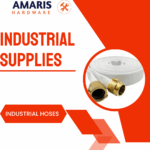 Industrial Hoses
Industrial Hoses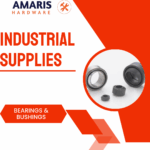 Bearings & Bushings
Bearings & Bushings Belts & Pulleys
Belts & Pulleys Lubricants & Greases
Lubricants & Greases Metal Sheets & Bars
Metal Sheets & Bars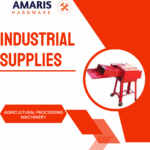 Agricultural Processing Machinery
Agricultural Processing Machinery Poultry Processing Equipment
Poultry Processing Equipment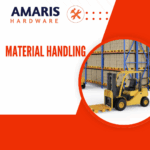
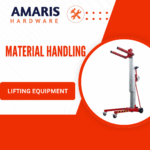 Lifting Equipment
Lifting Equipment Transport Equipment
Transport Equipment Storage Solutions
Storage Solutions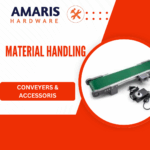 Conveyors and Accessories
Conveyors and Accessories Construction Machinery
Construction Machinery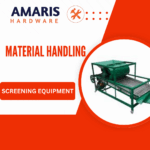 Screening Equipment
Screening Equipment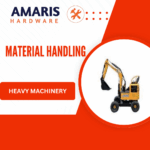 Heavy Machinery
Heavy Machinery
 Paint Brushes & Rollers
Paint Brushes & Rollers Paint Sprayers & Accessories
Paint Sprayers & Accessories Paint Strippers & Thinners
Paint Strippers & Thinners Paint Trays & Accessories
Paint Trays & Accessories Primers & Undercoats
Primers & Undercoats Interior Paints
Interior Paints Exterior Paints
Exterior Paints Varnishes & Stains
Varnishes & Stains Spray Paints
Spray Paints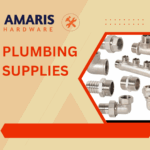
 Pipes & Fittings
Pipes & Fittings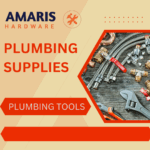 Plumbing Tools
Plumbing Tools Pumps & Motors
Pumps & Motors Valves & Taps
Valves & Taps Faucets & Fixtures
Faucets & Fixtures Hoses & Tubing
Hoses & Tubing Water Heaters
Water Heaters Drainage Systems
Drainage Systems Sealants & Adhesives for Plumbing
Sealants & Adhesives for Plumbing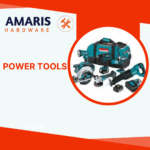
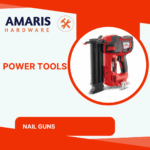 Nail Guns
Nail Guns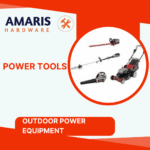 Outdoor Power Equipment
Outdoor Power Equipment Planers or Woodworking Power Tools
Planers or Woodworking Power Tools Pneumatic Tool
Pneumatic Tool Power Tool Accessories
Power Tool Accessories Drills & Drivers
Drills & Drivers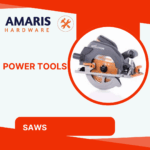 Saws
Saws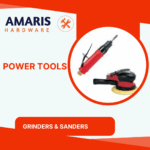 Grinders & Sanders
Grinders & Sanders Heat Guns
Heat Guns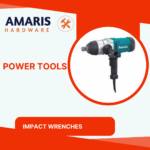 Impact Wrenches
Impact Wrenches Batteries & Chargers
Batteries & Chargers Construction Power Tools
Construction Power Tools Cutting Tools
Cutting Tools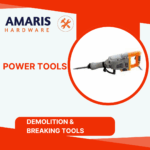 Demolition & Breaking Tools
Demolition & Breaking Tools Router
Router Woodworking Machinery
Woodworking Machinery
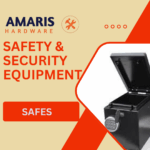 Safes
Safes Security Cameras
Security Cameras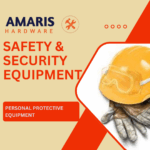 Personal Protective Equipment (PPE)
Personal Protective Equipment (PPE) Fire Safety Equipment
Fire Safety Equipment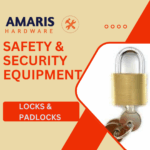 Locks & Padlocks
Locks & Padlocks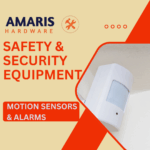 Motion Sensors & Alarms
Motion Sensors & Alarms
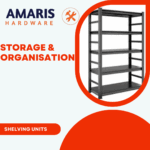 Shelving Units
Shelving Units Storage Bins & Containers
Storage Bins & Containers Toolboxes & Tool Chests
Toolboxes & Tool Chests Pegboards & Hooks
Pegboards & Hooks Workbenches
Workbenches Drawer Organizers
Drawer Organizers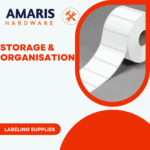 Labeling Supplies
Labeling Supplies
 Flux & Solder Wire
Flux & Solder Wire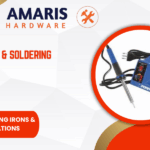 Soldering Irons & Stations
Soldering Irons & Stations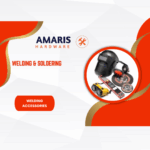 Welding Accessories
Welding Accessories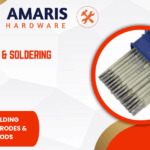 Welding Electrodes & Rods
Welding Electrodes & Rods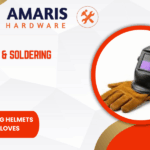 Welding Helmets & Gloves
Welding Helmets & Gloves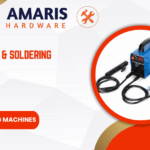 Welding Machines
Welding Machines Welding Safety Equipment
Welding Safety Equipment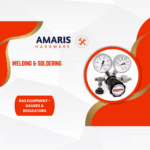 Gas Equipment – Regulators & Gauges
Gas Equipment – Regulators & Gauges

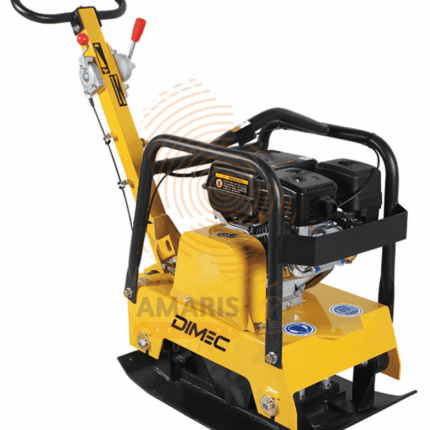
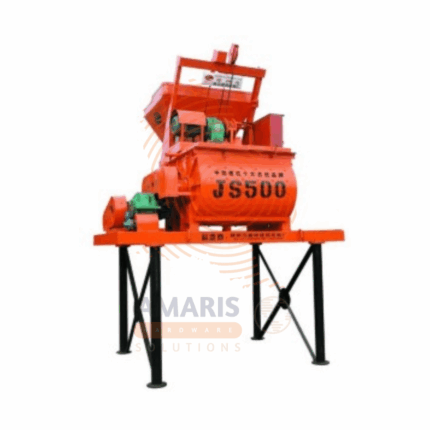
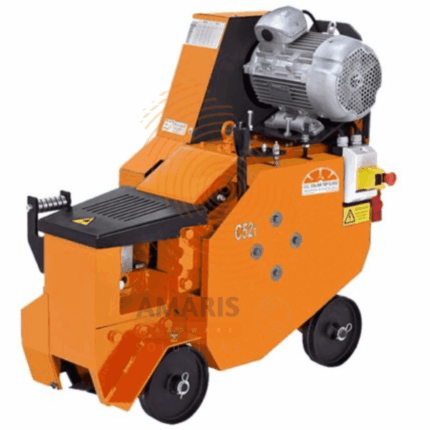
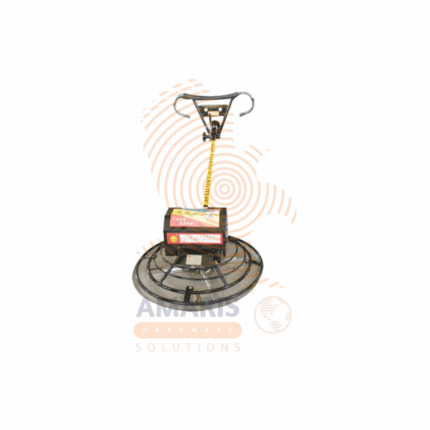


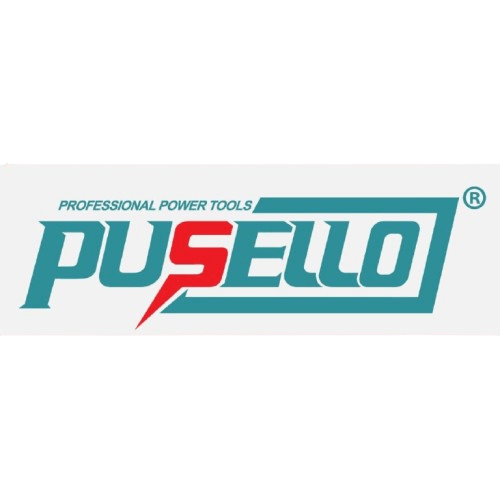




Reviews
There are no reviews yet.